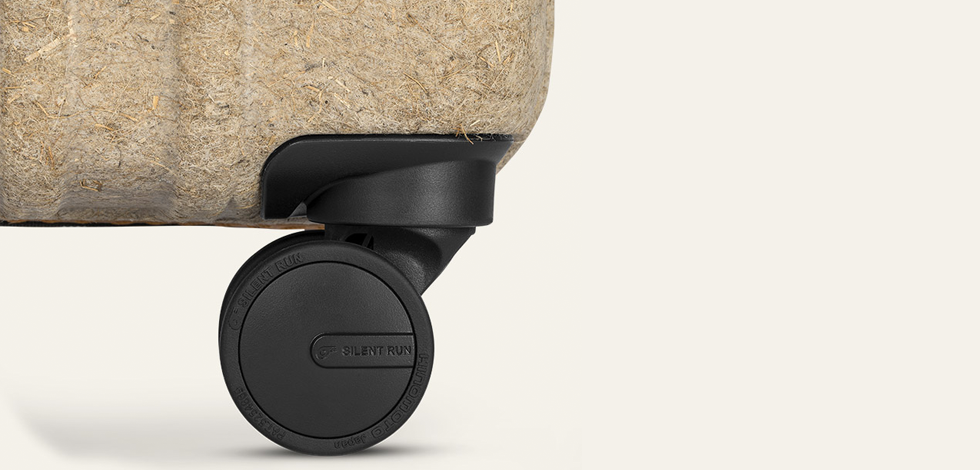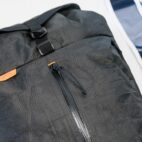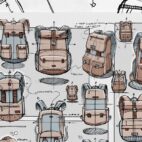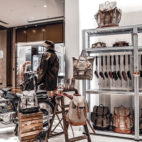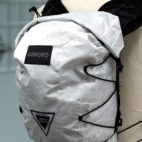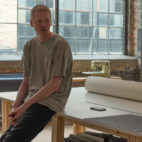This Biodegradable Luggage Might Be the Future of Hardcases
There’s an undeniable appeal to travel. But travel also has an undeniable environmental impact. So PROJECTKIN set themselves a challenge: create more sustainable luggage that performs just as well as traditional plastic luggage, but with far less environmental impact in the manufacturing process. And what they’ve come up with has the potential to be an industry game changer.
The KIN Carry-on features an innovative, biodegradable shell that’s set to revolutionize the luggage industry and raise the bar for sustainable design. And with our interest understandably piqued, we reached out to PROJECTKIN CEO and co-founder Rasmus Vang Andersen to tell us more…
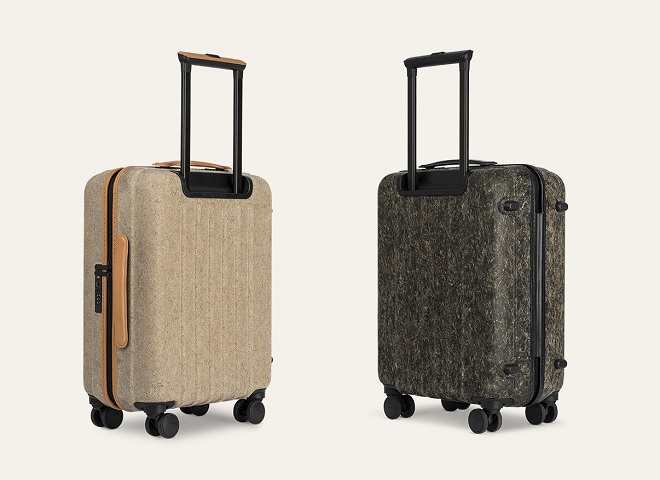
Who is PROJECTKIN? Can you tell us more about the founders?
We create travel products with purpose by using our philosophy of Nordic design to address the urgent need to reduce the environmental impact of traveling. We are a group of founders that experienced a disconnect between design/quality and sustainability. We all love to explore the world, but could see the negative impact that traveling had on the environment. Thus, we felt the need for creating a better alternative for the mindful traveler and we partnered up with a couple of great designers sharing our vision.
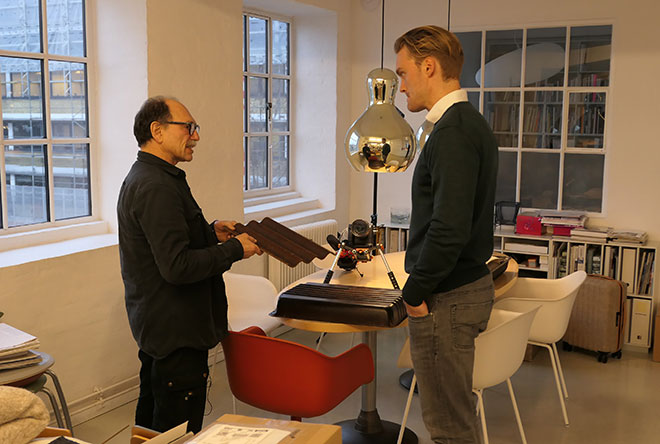
The KIN Carry-on was designed by award-winning designer Boris Berlin. How was the relationship established between Boris and your brand? Is he part of PROJECTKIN or a collaborator?
We met Boris Berlin more than two years ago and immediately connected on the idea of bringing design and sustainability into the travel luggage industry. Together we visited numerous innovative material producers to find the perfect natural material for our suitcase. Once the material was developed, Boris Berlin perfected the design by taking the best components, like the wheels we use from Japan and combined it in a clean design, where the material speaks for itself. Boris is a collaborator and a great supporter to PROJECTKIN
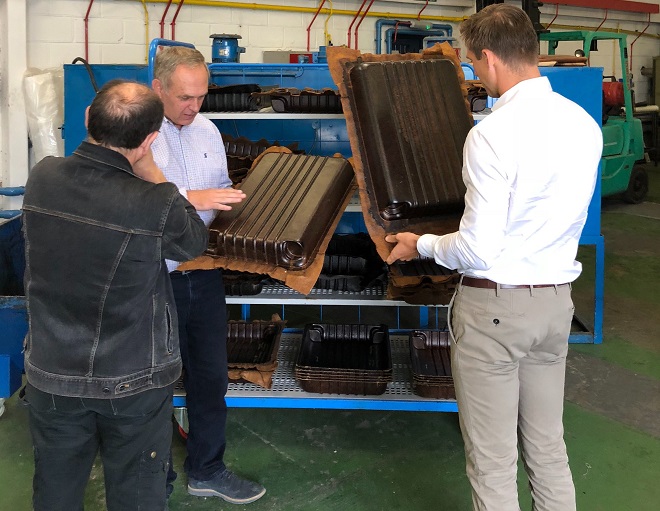
Your suitcase shell features a combination of flax and bioplastics, specifically PLA. Could you explain what bioplastics are, how they’re made and why you chose PLA?
Bioplastics are plastic materials made from renewable biomass, in our case fermented corn starch. This means that it is all natural plant-based material, grown on a field compared to traditional plastics that are derived from crude oil. We specifically use PLA (bioplastic), which has a considerably lower carbon footprint than other alternatives. Furthermore, it is biodegradable under the right circumstances (don’t worry it will not fall apart, if it starts to rain). Finally, PLA is highly efficient to make, using only 1.6 kg of raw material to make 1 kg of finished material. With this combination we save up to 2kg of plastic compared to a traditional suitcase.
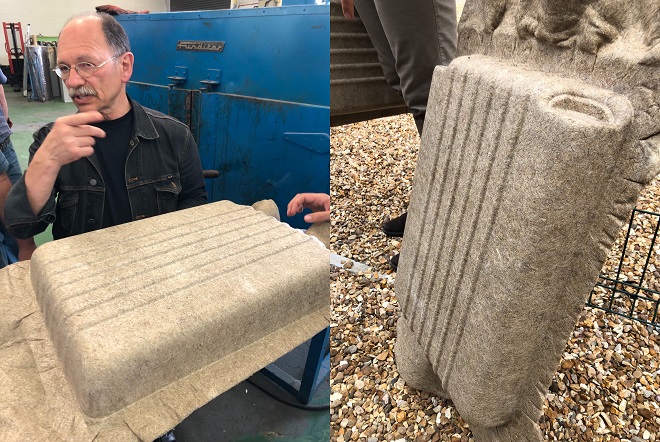
The shell is a unique material for luggage. Why did you choose to combine these two materials? What are the benefits of doing so?
We wanted to create a new composite that had as many sustainable attributes as possible, while keeping the same physical properties as traditional plastics. In cooperation with designer Boris Berlin, we found a material expert in Cambridge, UK, who helped us develop and perfect the composite for the suitcase.
The composite is a unique blend of flax plant fibers and PLA fibers. The flax fibers make the composite strong and extremely durable, and combining it with PLA you get a material with many of the same properties as traditional plastics, while being much more sustainable. We feel we have developed an industry-changing new look and feel, while minimizing the carbon footprint of the materials.
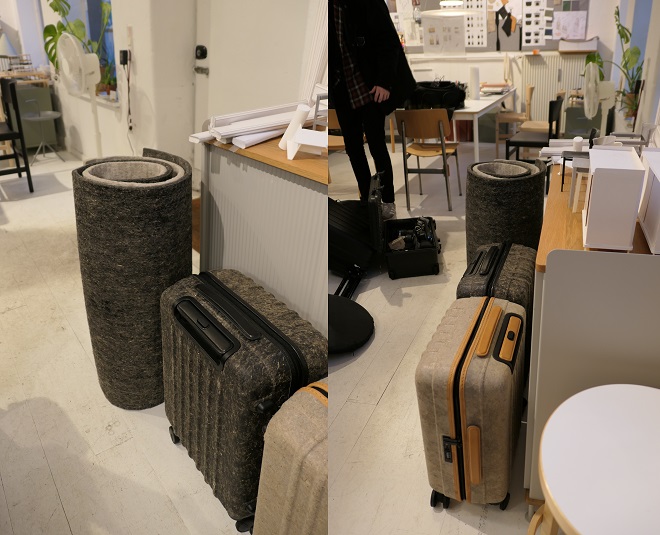
Were there any challenges in combining the flax and bioplastics? Where does the shell manufacturing take place?
There were many challenges both in combining and manufacturing the shells. One of the main challenges was getting the grammage right (g / m^2). We tested this for a long time to ensure that strength and durability was optimized. Furthermore the ratio between flax fibers and PLA fibers has been tested and adjusted many times to find this optimum. The two raw materials are combined into the unique composite through needle-punching technology. After this the material is heated and compressed into the final shells through a process called thermo-compression. Finding the optimal balance between heat, pressure, and time took a lot of iterations. The shells are manufactured with our specialized production partners in China.
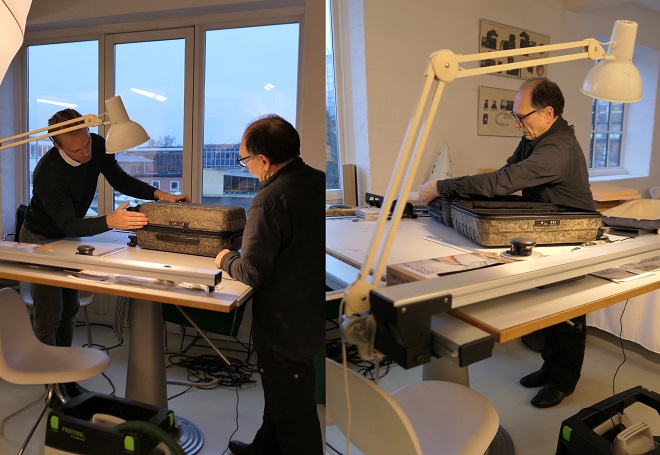
You use flax linen for your suitcase lining. Could you provide insights on what flax linen is and why it’s more sustainable than cotton and nylon?
Linen is one of the most biodegradable fabrics around. It is strong, naturally moth resistant, and made from flax plant fibers, so when untreated (i.e. not dyed) it is fully biodegradable. The method of producing linen fabric from the flax plant uses far less water than it does to produce the same amount of cotton. Actually, 60% less water is required to grow flax compared to growing cotton. This makes it a much more sustainable choice. Cotton also requires huge acreage, whereas flax will happily grow on poor soil which is not used for food production. Up to 2.1 tons of CO2 are absorbed per ton of flax cellulose produced. Furthermore our linen fabrics are treated with a renewable sourced, non-fluorinated, durable water repellent finish. We are proud to partner with Teflon EcoElite™, the world’s first plant-based textile repellent. Nylon is a polymer most often made from crude oil, it is non-biodegradable and will in-use create micro-plastics that will pollute the environment.
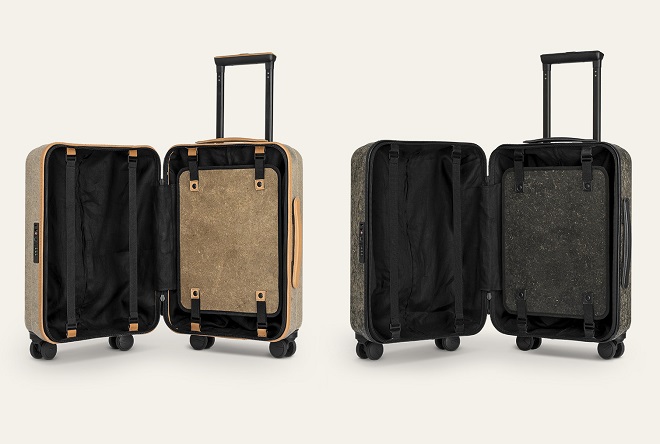
You source leather from cattle that have been bred for other purposes than creating leather, such as dairy cows. Why did you go with this option? Is it to maximize the use of potentially wasted resources?
To offer strong durability and quality, we have chosen to use full-grain cow leather, vegetable-tanned. Our detailed research and development showed that this leather material provides the best balance between durability, lifetime and quality as of now. We have tested many types of leather alternatives like recycled leather and leather from pineapples, but found that for now real leather is the best alternative. We create our leather through vegetable tanning using organic material and natural tannins derived from barks, leaves, and branches of trees and plants. This is a much more sustainable alternative to standard chrome tanning. The moment a true leather substitute that provides the same strength and durability as real leather emerges, we shall start using it. All of the hides that go into our leather come from cattle that have been bred for other purposes than creating leather, e.g. dairy cattle. Yes – this way we maximize the use of otherwise potentially wasted resources.
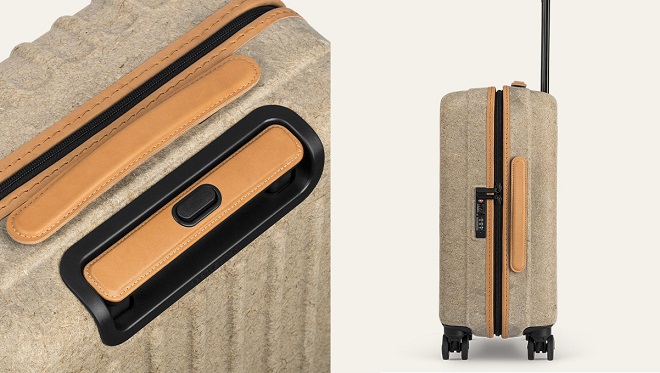
The shell is water-resistant, though not waterproof. Does getting it wet negatively impact the structural integrity in any way? You’ve mentioned on your site that it’s undergone independent heavy rain testing for 15 minutes. How long could it feasibly withstand a heavy downpour before you need to worry about water penetration?
When our shell is submerged into water, over time, it will absorb some water. However, afterwards, when it dries out again, it keeps exactly the same properties, including look and feel. We have tested for 15 minutes, 1 hour and 2 hours in a laboratory simulating heavy rain test. For 15 minutes it easily passes the test. This is the standard for testing water resistancy within the industry. After 1 hour we do see some slight water entry, but this is mainly through the zipper and leakage at the trolley opening. Similar to what you would find in other zipper versions. We continue to work on perfecting our products, including water resistance
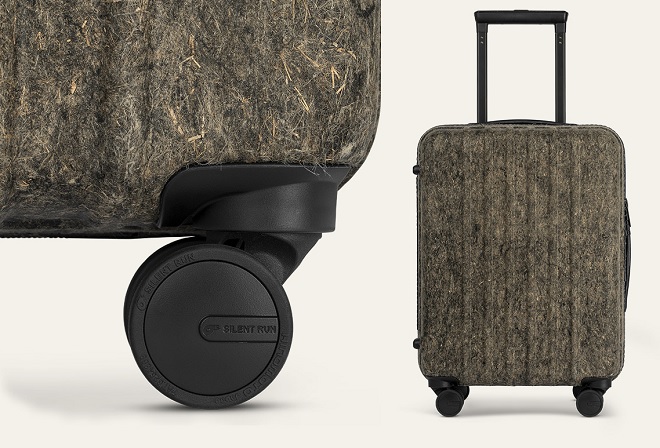
You’re always on the lookout for new sustainable materials to lower the environmental impact of production. Are you experimenting with or have you discovered any viable alternatives for non-sustainable parts yet, such as the wheels? Would you consider creating your own alternatives?
We have partnered up with Hinomoto from Japan. They are today the leading trolley wheel supplier in the industry. We are also in cooperation with other suppliers to develop our own wheels, using better plastics than used today. This is however a development which will take some time. As soon as we feel we have the viable alternative, we will move for this. This goes not only for the wheels, but also for all the other components in the trolley. We will constantly challenge the industry to bring forward better solutions.
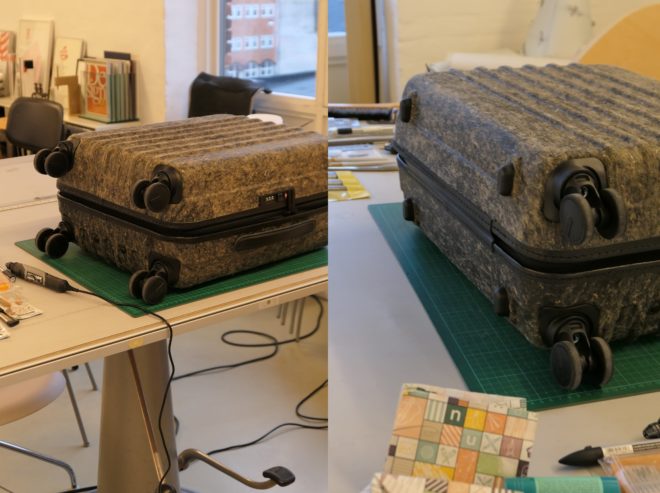
PROJECTKIN is based in Copenhagen. Do your surroundings influence your designs and brand in any way?
Yes very much! We are inspired by the Nordic design movement that especially has been seen within furniture and home accessories. Our products are for sale at key design shops here in Copenhagen, like The Audo, which we share the same design values and focus with. We will gradually expand our footprint to a few selected design-focused shops in Europe during the coming year.
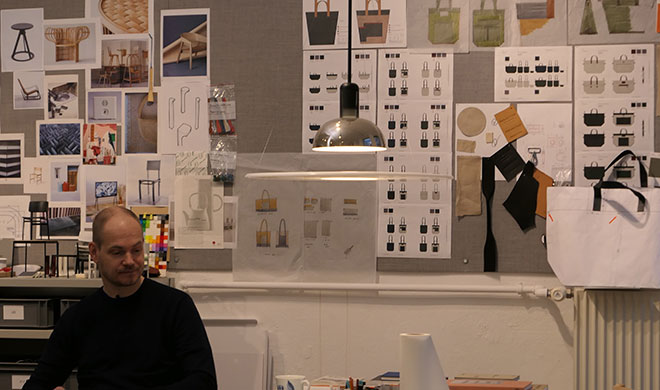
What else inspires or influences your brand and designs?
We are inspired by people and brands that are purpose driven when it comes to design and sustainability. We know that we can change the world with a sustainable suitcase, but we want to offer a better alternative than what is offered today. Similar to what Patagonia is doing in the outdoor apparel industry.
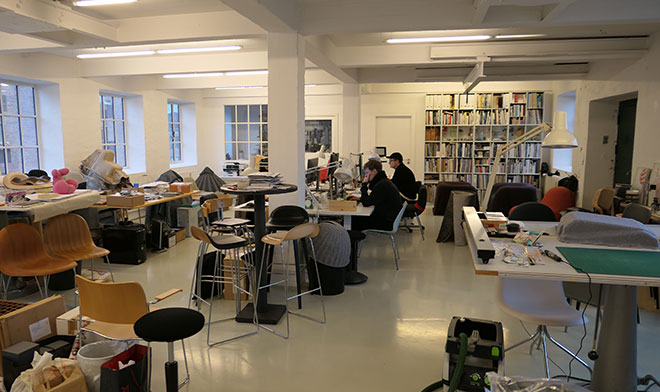
We hear there’s a check-in suitcase in the works. When will it be available? How will it differ from the carry-on?
Yes the check-in version is currently in the pipeline. It will be very similar to the carry-on from a design perspective, however obviously larger. The key changes will mainly be even more reinforcement, to secure the longevity of the check-in luggage that is handled very differently than carry-on. All of our products go through rigorous testing before we introduce them to the market. For PROJECTKIN design, sustainability and product quality/strength go hand in hand.
How is 2020 shaping up for PROJECTKIN? Are there new products or projects planned? Any intriguing developments on the horizon?
Besides new colors and potential collabs, our luggage collection will be further strengthened with an aluminum-frame version. This is currently in the development phase with Boris Berlin. We are also partnering up with other designers and will be developing new categories, still keeping our three cornerstones – design, sustainability and quality – high on the agenda.
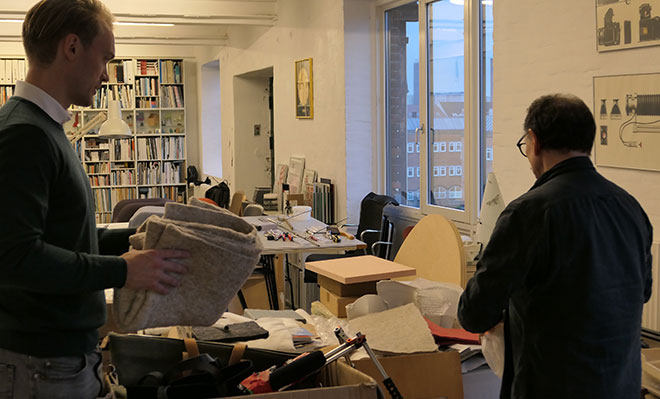





 Carry Awards
Carry Awards Insights
Insights Liking
Liking Projects
Projects Interviews
Interviews
